What are the dark particles in the glass of milk?
When mixing powdered milk into a glass, some people discover small dark brown or black-yellow particles at the bottom of the glass. This situation causes a lot of concern for users.
Speaking with Dan Tri newspaper reporter, Dr. Truong Hong Son, Director of Vietnam Institute of Applied Medicine, Deputy Secretary General of Vietnam Medical Association, analyzed this situation.
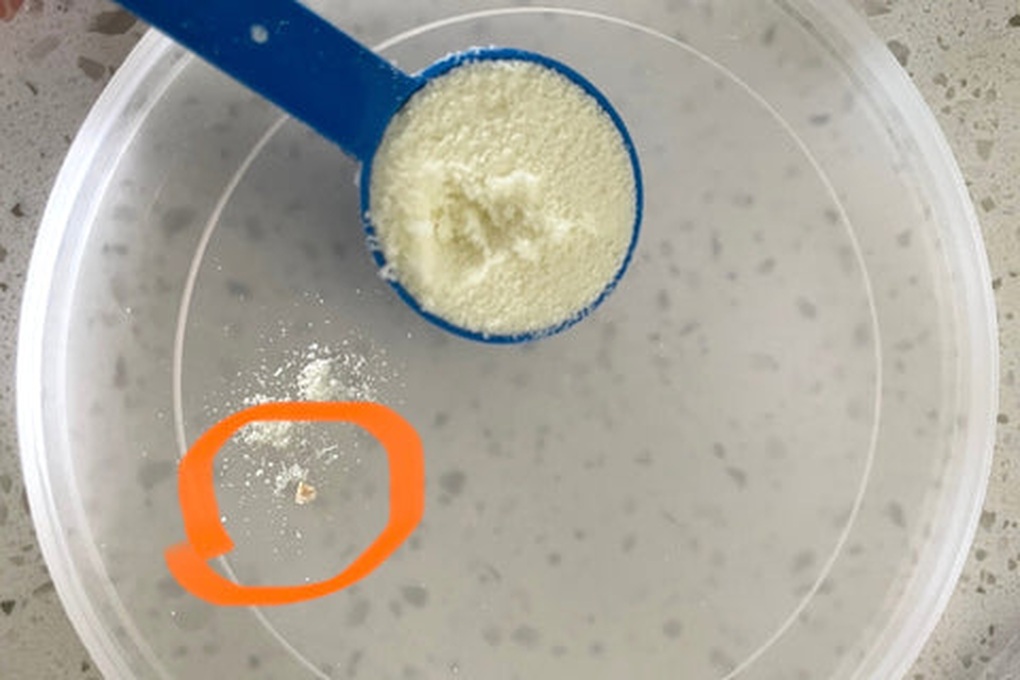
Burnt ingredients in milk powder (Photo: Organiclifestart).
According to Dr. Son, many people, when seeing dark particles in their glass of milk, immediately think it is dirt, mold or unsanitary milk production.
"Mold particles or foreign impurities (such as pieces of plastic, metal, insects) often have distinct shapes and colors (silky, hard, shiny, uneven white - blue - black) or hard, shiny, sharp-edged surfaces that do not dissolve in milk," Dr. Son analyzed.
If you have ruled out causes such as foreign objects and mold, it is possible that the dark, black particles in the glass of milk are actually burnt particles that appeared during the drying process - a common technical phenomenon of powdered milk.
Scorched particles are colored specks, small powder particles that range in color from yellow, orange, brown to black.
The origin of these scorched particles is directly linked to the spray-drying process – a common practice in the production of milk powder: In this process, liquid milk is sprayed as a fine mist into a large drying chamber, where hot air evaporates the water, leaving behind dry milk particles.
During this process, a small portion of the powder particles may come into direct contact with the high heat zone, resulting in slight scorching. Although manufacturers always strictly control the drying temperature and time, high temperatures are still a must to ensure that the product is completely dry, microbiologically safe and has a long shelf life.
Depending on the drying temperature, these seeds will have a color from yellow brown to black (the higher the temperature, the darker the color).

Dr. Truong Hong Son - Director of Vietnam Institute of Applied Medicine - Deputy Secretary General of Vietnam Medical Association (Photo: Provided by Doctor).
According to the American Dairy Products Association (ADPI) analytical standards, “adulterants” in powdered milk are defined as foreign materials such as dust, hair, metal, wood, and insect carcasses. These materials often have physical properties (hard, shiny, brittle) or color that are easily distinguishable from heat-burned particles.
In other words, according to Dr. Son, if you observe small, dark brown, gray, or slightly lumpy particles, it is usually a burnt component. On the contrary, if the particles have a porous, fibrous surface, it is likely mold or contaminated impurities, and should be discontinued.
"The dark particles are caused by the burnt components from the Maillard reaction (sugar - protein) when the milk powder is overheated. These particles are characterized by being small particles of the same substance as the milk powder, small in size, light yellow to brown or black in color, and dissolve more slowly in water than the remaining milk powder," Dr. Son pointed out.
Does burnt milk affect health?
According to Dr. Son, most nutritionists confirm that burnt milk particles are not harmful to users and do not affect the nutritional value or safety of milk.
Burnt milk particles are not bacteria, not mold, and not heavy metals or harmful chemicals. They are the product of the Maillard reaction between lactose and protein under high temperatures.
The amount of scorched particles in milk powder is very small (usually only a few thousandths of the powder mass). In terms of nutritional impact, the Maillard reaction can lead to a slight loss of some vitamins and proteins in the milk, but because the total loss is very low, it does not significantly affect the overall nutritional value of the product.
Milk manufacturers always strictly control the drying temperature to ensure that burnt ingredients are at a minimum level, complying with international food safety standards.
According to Dr. Son, the CODEX Alimentarius standard is an international standard that specifies the maximum limit for combustible elements, based on the drying method.
For spray-dried products: The maximum limit is 15mg/25g milk powder.
For roller-dried products: The maximum limit is 22.5mg/25g milk powder.
In Europe and Australia, the dairy industry generally adopts equivalent standards (ISO or national standards) and strictly controls the content of burnt grains similar to CODEX. In general, high-end milk markets such as the US, EU, and Australia limit burnt elements to very low levels to maintain quality.
"It can be said that the issue of combustibility is a concern that consumers worry about due to the unusual visual changes (color).
However, expert analysis confirms that although the burnt ingredients reduce aesthetics, they do not cause harm in terms of food safety and do not have adverse health effects on consumers," the expert analyzed.
Source: https://dantri.com.vn/suc-khoe/vi-sao-xuat-hien-nhung-hat-sam-mau-lang-trong-ly-sua-bot-20251031094602312.htm


![[Photo] Prime Minister Pham Minh Chinh attends the 5th National Press Awards Ceremony on preventing and combating corruption, waste and negativity](https://vphoto.vietnam.vn/thumb/1200x675/vietnam/resource/IMAGE/2025/10/31/1761881588160_dsc-8359-jpg.webp)



![[Photo] Da Nang: Water gradually recedes, local authorities take advantage of the cleanup](https://vphoto.vietnam.vn/thumb/1200x675/vietnam/resource/IMAGE/2025/10/31/1761897188943_ndo_tr_2-jpg.webp)











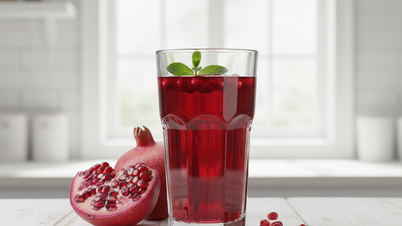












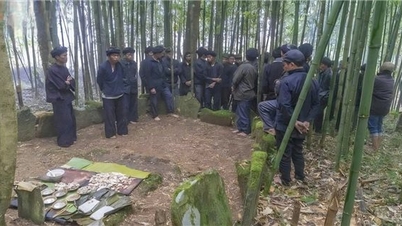

















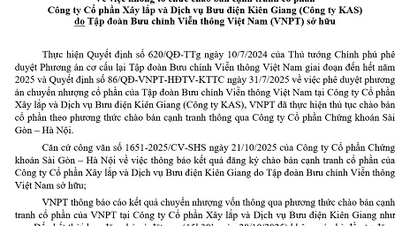


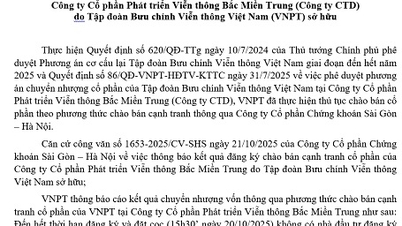
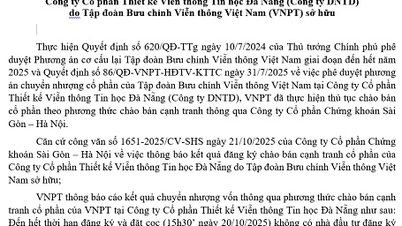









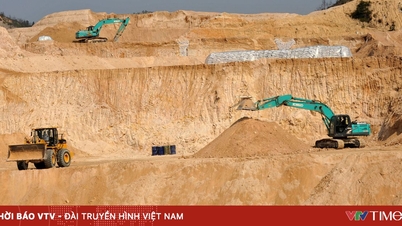








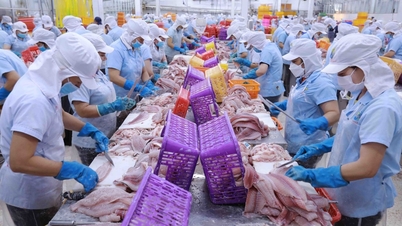



























Comment (0)